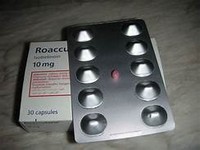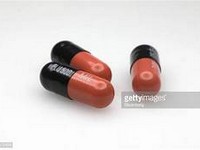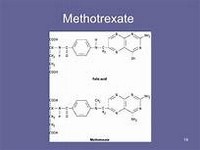isotretinoin

isotretinoin
CLINICAL USE
Treatment of nodulo-cystic and conglobate acne, and severe acne which has failed to respond to an adequate course of systemic antibioticsDOSE IN NORMAL RENAL FUNCTION
0.5–1 mg/kg daily in 1–2 divided doses initially. Maximum cumulative dose: 150 mg/kg per courseTopically: 1–2 times dailyPHARMACOKINETICS
DOSE IN RENAL IMPAIRMENT
GFR (mL/MIN)
DOSE IN PATIENTS UNDERGOING RENAL REPLACEMENT THERAPIES
IMPORTANT DRUG INTERACTIONS
Potentially hazardous interactions with other drugsADMINISTRATION
Reconstition
–Route
Oral, topical (0.05% gel)Rate of Administration
–Comments
–OTHER INFORMATION
Since the drug is highly protein bound, it is not expected to be significantly removed by dialysisWatch for signs of vitamin A toxicity .
See how to identify renal failure stages according to GFR calculation
See how to diagnose irreversible renal disease
Home








